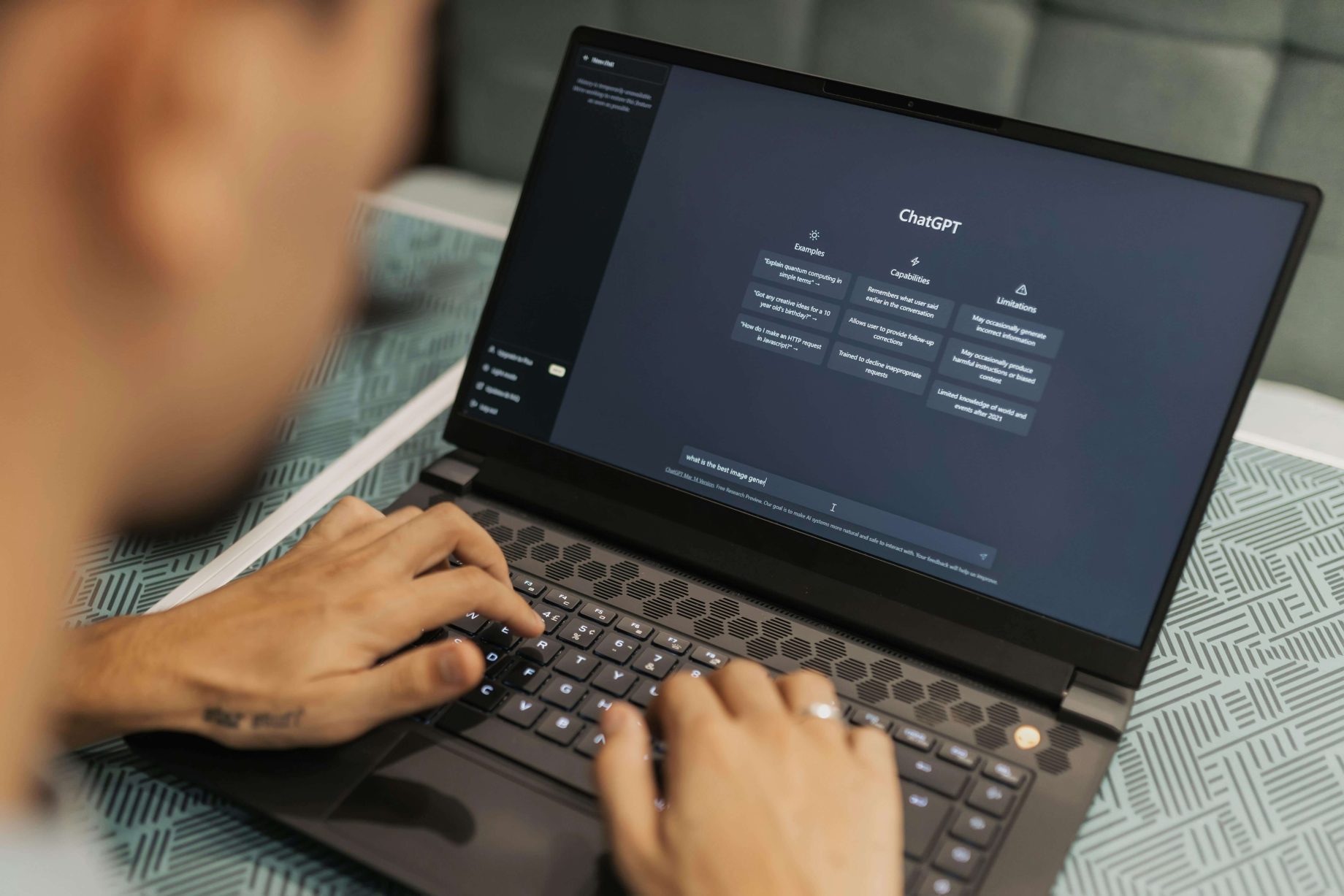A research team at MIT’s Media Lab has turned the focus from keystrokes to brainwaves. A study conducted on 54 students writing SAT-style essays, those who used ChatGPT showed significantly lower levels of neural engagement. The study is led by Nataliya Kosmyna and it points to AI’s subtle but measurable cognitive impact.
ChatGPT Users Register Lowest Brain Activity
The study divided participants—aged 18 to 39 from the Boston area—into three groups: one with no assistance, one using Google Search, and one using ChatGPT. Each participant completed multiple essays on complex philosophical topics while researchers recorded brain activity using EEG technology across 32 regions.
Students using ChatGPT registered the lowest levels of neural engagement. Those working without help showed stronger signals in alpha, theta, and delta ranges—signs of greater creativity, semantic processing, and memory load.
According to Kosmyna, ChatGPT users “consistently underperformed at neural, linguistic, and behavioural levels.”
Many became increasingly passive over time, most had shifted from partial assistance to simply copying and pasting entire outputs from the chatbot by the third essay, “It was more like, ‘just give me the essay, refine this sentence, edit it, and I’m done,’” Kosmyna explained.
Repetitive Output Weakens Retention
English teachers who evaluated the essays described the ChatGPT submissions as formulaic and repetitive, labelling them “soulless.” Unlike the other groups, ChatGPT users struggled to recall or revise previous essays without help, suggesting that the tool disrupted memory integration and deep learning.
“The task was executed, and you could say that it was efficient and convenient,” said Kosmyna. “But as we show in the paper, you basically didn’t integrate any of it into your memory networks.”
Changing the Order Increases Engagement
Neural patterns shifted when the order changed. Control group participants, who first wrote without assistance and then used ChatGPT, showed increased brain activity in the second round. This suggests that AI can support learning when used as a supplemental tool rather than a substitute for cognitive effort.
Google Search Sustains Engagement
The group using Google Search also retained high cognitive engagement and reported greater satisfaction with their work. The distinction is noteworthy, especially as more users turn to generative AI tools over traditional search engines.
Kosmyna believes the findings showcases a clear message: “Developing brains are at the highest risk.” She emphasised the urgency of sharing the results, even before peer review, to prevent premature integration of generative AI into early education.
“What really motivated me to put it out now before waiting for a full peer review is that I am afraid in 6–8 months, there will be some policymaker who decides, ‘let’s do GPT kindergarten.’ I think that would be absolutely bad and detrimental.”
MIT Team Plans Broader Research
The findings are preliminary, but the questions they raise are gaining urgency. Although the study’s sample size is limited and has yet to undergo peer review, Kosmyna and her team are planning broader research across diverse populations.
The MIT Media Lab has been increasingly focused on the psychological and neurological impacts of AI. Previous studies have even linked higher ChatGPT usage with increased feelings of loneliness.
If used carefully—after conceptual groundwork has been laid—tools like ChatGPT could potentially enrich the learning experience. They risk dulling the very skills they aim to support, if left unchecked.












